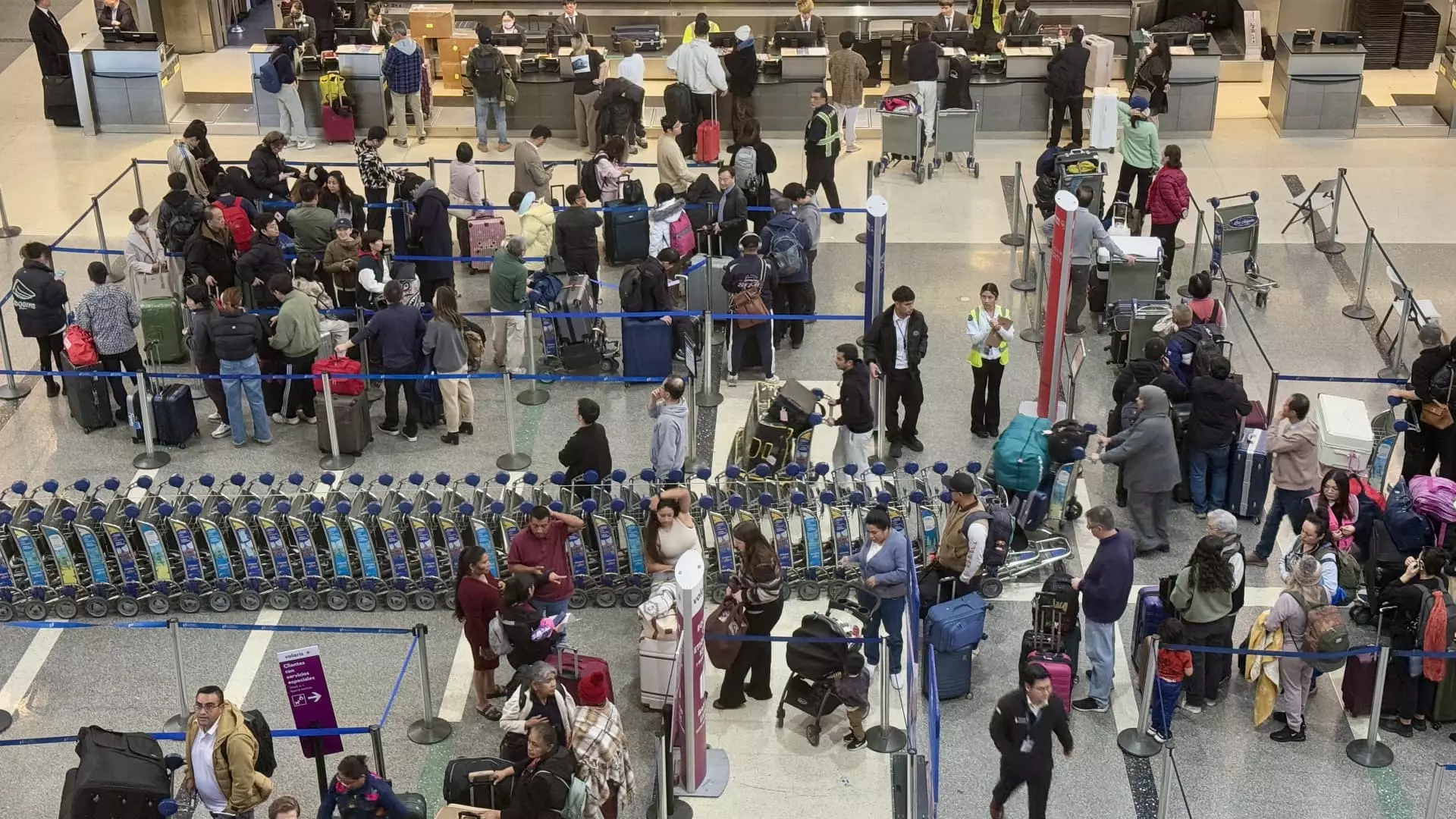In an era marked by rampant inflationary fears, it’s paradoxical yet striking to witness regions of deflation shifting under our noses. While many sectors still grapple with price hikes, certain categories within the U.S. economy are being plunged into a state of deflation. For savvy consumers, this presents a bewildering landscape where the cost of goods and services is not just rising but, in some cases, falling. As we delve deeper into these trends, it becomes evident that this isn’t merely a fluke; rather, it embodies a regression influenced by myriad socio-economic factors. The pressures of supply and demand intricately weave their way through our current economic climate, but there is also a larger narrative at play that demands our attention.
Gas Prices: A Rollercoaster Ride Fuelled by Misinformation
One of the most controversial topics in economic circles has been gas prices. Promises of prices dipping below $2 a gallon evoke skepticism rather than relief. The reality, while still subject to variance, indicates that average retail prices hover around $3—a clear increase, yet down 10% compared to the previous year. Despite reports of declines, the volatility of crude oil prices directly affects the everyday driver. Predictions indicate that these lower prices might be short-lived, raising questions about the resilience of current trends. Moreover, the geopolitical chess game involving oil-producing nations only adds layers to an already complicated equation. As prices drop, it raises vivid concerns regarding dwindling demand and signals an underlying fear of an economic slowdown—a contradiction when viewed alongside ongoing inflation.
The Shrinking Costs of Travel: A Mixed Bag of Trends
Travelers might find some solace as airline prices have also receded, showcasing a surprising decline of over 5% from last year. This drop corresponds with a significant downturn in international tourism to the United States, prompting a rarely acknowledged correlation between geopolitics and consumer behavior. As Americans brace for potential tariffs and travel restrictions, the market responds by adjusting prices downward to lure in risk-averse consumers. It’s essential to consider the broader context of travel-related issues—from safety concerns to rising tensions on the world stage—that have collectively shaped consumer sentiment about traveling to the U.S.
The Produce Paradox: A Seasonal Shift in Prices
Beneath the veneer of seasonal cycles lies a significant reduction in fresh produce prices—another factor that provides much-needed respite for consumers who face price hikes elsewhere. Tomatoes, lettuce, and potatoes have all experienced price reductions. But this is not just a seasonal miracle; it reflects the increases in supply and favorable harvest conditions tempering costs. However, lurking behind the surface are new tariffs threatening to ensnare this apparent bargain, stirring further concerns about the upcoming growing season. The reality is that while consumers may enjoy lower prices now, they may not be sustainable, raising questions about the potential long-term effect on farming communities and consumers alike.
Technology Prices: Innovation Meets Consumer Affordability
The technology sector appears to enjoy a high rate of deflation, with TVs and smartphones experiencing substantial drops in prices. This phenomenon is yet another example of how technological advancements are reshaping consumer expectations. Smart manufacturing processes have led to more affordable products, creating a sense of illusionary deflation. Economists suggest that the improvements in tech not only lead to lower prices but also provide consumers with unparalleled value for their investment. However, one must remember that this economic shift is not merely an exercise in convenience; it illustrates the resilience of innovations that can obscure broader economic issues.
A Deeper Dive into Consumer Goods
Household items, apparel, and other consumer goods have also reported declines in prices. Yet these seemingly positive developments must be interpreted with caution. Retailers pressurized by overruns on inventory may aggressively lower prices to stimulate sales—this clear signs of an overstates market struggling against pressures of consumer sentiment. Seasonal fluctuations can skew prices further, offering a pictorial view of the economic landscape that is anything but straightforward. The current returns on consumer spending forces us to ask whether we are witnessing genuine purchasing power through lower prices or simply navigating through the murky waters of a troubled marketplace.
Economic Signals: The Illusion of Stability
While price decreases in select categories may offer temporary relief to consumers, the overall economic picture remains troubling. The so-called “idiosyncratic factors” driving localized deflation highlight the fragility of these reductions. Heavy tariffs, geopolitical tensions, and market volatility may render current price comfort short-lived. As we navigate this economic uncertainty, consumers must remain astute and vigilant, knowing that small victories at the checkout line may soon be overshadowed by broader economic trends that threaten to disrupt the tenuous balance we currently hold. The aura of optimism that lower prices bring cannot mask the underlying structural issues facing our economy.

